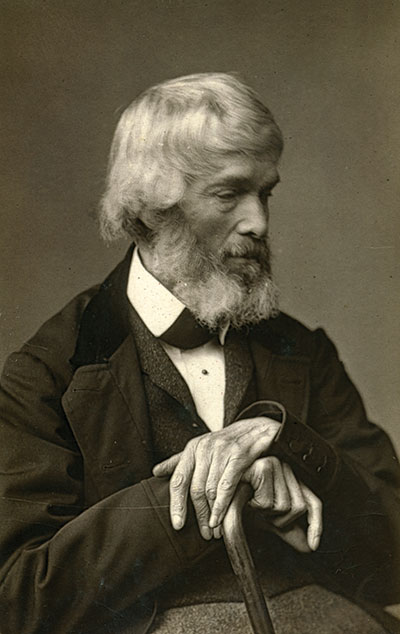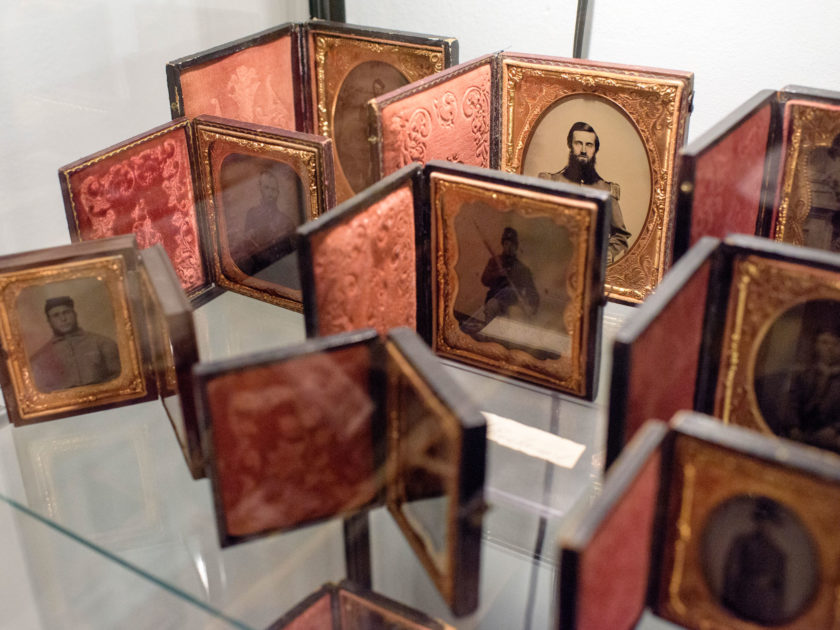The human element has been at the core of MI since our first issue. It is most evident in the portraits and stories of soldiers, sailors and others during the Civil War period.
Founder Harry Roach recently noted that William Frassanito’s 1978 book, Antietam: The Photographic Legacy of America’s Bloodiest Day, included what was then an engaging, new element—vignettes of soldiers who participated in the battle. These vignettes contributed to Roach’s sense that it was time for a periodical dedicated to soldier images.

It should come as no surprise that Roach included mini-biographies early on in the life of the magazine. He called them, appropriately, Vignettes. The format ranged from straightforward accounts of military service to poignant, nonlinear narratives. All of them bring the subjects to life in our imagination, if only for a few fleeting moments.
I must confess that those early nonlinear narratives inspired me. They still do. I was especially impressed with the work of Scott Valentine, who remains an active contributor. Scott’s writings, and those of many more that have graced the pages of MI, remind us that the war was fought mostly by citizen soldiers and sailors.
Roach and Frassanito might find a kindred spirit in 19th century Scottish historian Thomas Carlyle. In his 1830 essay, On History, the great Carlyle stated, “History is the essence of innumerable biographies.”
You’ll find them here in John Gibson’s accounts of Vermonters in the Wilderness; Rick Leisenring’s descriptions of amputees who sold cartes de visite to make extra money; Will Gorenfield’s narrative of Charles Ogle’s self-destruction by alcohol; and Mike Medhurst’s origin story of the Father of the American Cavalry.
The vignettes of Billy Yank and Johnny Reb included here are a sampling of the innumerable biographies to which Carlyle referred. Or, put another way, “The history of the Civil War is the stories of its soldiers and sailors.”
Ronald S. Coddington
Editor & Publisher
SPREAD THE WORD: We encourage you to share this story on social media and elsewhere to educate and raise awareness. If you wish to use any image on this page for another purpose, please request permission.
LEARN MORE about Military Images, America’s only magazine dedicated to showcasing, interpreting and preserving Civil War portrait photography.
VISIT OUR STORE to subscribe, renew a subscription, and more.

